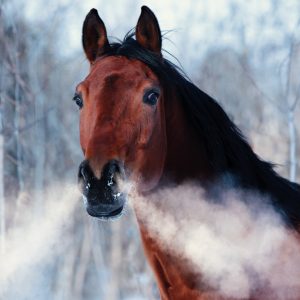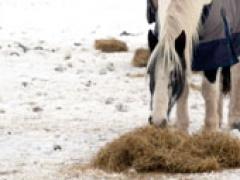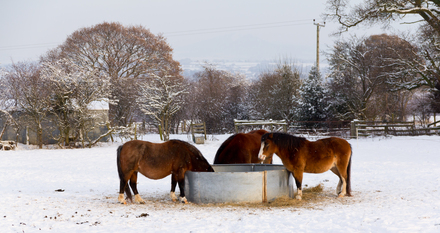Feeding Horses During Weather Changes: A Comprehensive Guide

Feeding horses appropriately during weather changes is crucial for maintaining their health, energy levels, and overall well-being. Sudden shifts in temperature, humidity, and seasonal conditions can affect a horse’s metabolism, hydration needs, and nutritional requirements. This article explores best practices, common challenges, and practical tips for horse owners to adapt feeding routines effectively.
Understanding the Impact of Weather on Horses

Weather changes influence horses in several ways:
- Metabolic Rate Adjustments: Colder weather often increases a horse’s metabolic rate as they burn more calories to maintain body heat.
- Hydration Needs: Hot and humid conditions increase water loss through sweating, requiring more water intake.
- Digestive Health: Changes in feed and water intake can affect gut function, potentially leading to colic or other digestive issues.
Key Nutritional Considerations

| Weather Condition | Nutritional Focus | Feeding Tips |
|---|---|---|
| Cold Weather | Increase energy intake | Provide more forage and consider adding fats |
| Hot Weather | Maintain hydration and electrolytes | Offer fresh water frequently and supplement electrolytes |
| Transitional Seasons | Gradual diet adjustments | Slowly introduce new feeds to prevent digestive upset |
Feeding Strategies for Different Weather Conditions
Cold Weather Feeding
- Increase forage to generate internal heat through digestion.
- Add fat supplements like vegetable oil or rice bran for extra calories.
- Ensure access to unfrozen water to encourage drinking.
Hot Weather Feeding
- Provide multiple small meals to reduce heat production from digestion.
- Offer electrolytes to replace minerals lost through sweat.
- Feed during cooler parts of the day (early morning or late evening).
Transitional Weather Feeding
- Gradually change feed types and amounts over 7-10 days.
- Monitor body condition and adjust rations accordingly.
- Maintain consistent water availability.
Common Challenges and Solutions
- Decreased Appetite: Horses may eat less in hot weather; offering palatable feeds and ensuring water availability can help.
- Water Intake: Horses may drink less if water is too cold or dirty; provide clean, fresh water at appropriate temperatures.
- Digestive Upset: Sudden feed changes can cause colic; always transition diets slowly.
Frequently Asked Questions (FAQ)
Q1: How much should I increase my horse’s feed in cold weather?
A1: Typically, increase forage by 10-20% and consider adding fat supplements to meet higher energy demands.
Q2: Can I feed the same diet year-round?
A2: It’s best to adjust the diet according to seasonal needs to support health and performance.
Q3: How do I encourage my horse to drink more water in hot weather?
A3: Provide fresh, clean water frequently, use electrolyte supplements, and offer water at a comfortable temperature.
Q4: What signs indicate my horse is not coping well with weather changes?
A4: Look for weight loss, lethargy, changes in appetite, or signs of colic and dehydration.
Conclusion
Adapting your horse’s feeding regimen to weather changes is essential for their health and comfort. By understanding their nutritional needs and making gradual adjustments, you can help your horse thrive through seasonal transitions.
For more detailed advice, consult with an equine nutritionist or veterinarian.
